Introduction
Warsaw, Poland’s capital, is a city that beautifully intertwines the past and the present. Known for its resilience, the city has risen from the ashes of World War II to become a thriving cultural and economic hub. The meticulously rebuilt Old Town, a UNESCO World Heritage Site, captures the essence of its historical charm, while the Palace of Culture and Science and modern skyscrapers highlight its dynamic progression. Visitors can immerse themselves in Warsaw’s rich history through museums like the Warsaw Uprising Museum and the POLIN Museum of the History of Polish Jews.
Cycling Around Warsaw
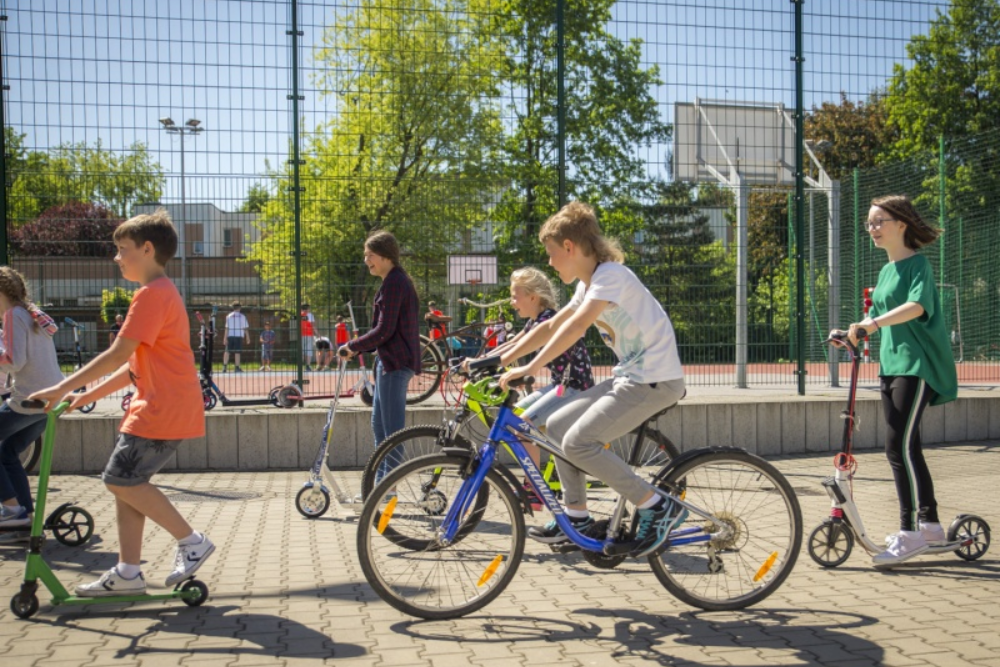
- Use the city’s bike-sharing system to explore parks, river trails, and historical sites.
Kayaking on the Vistula River
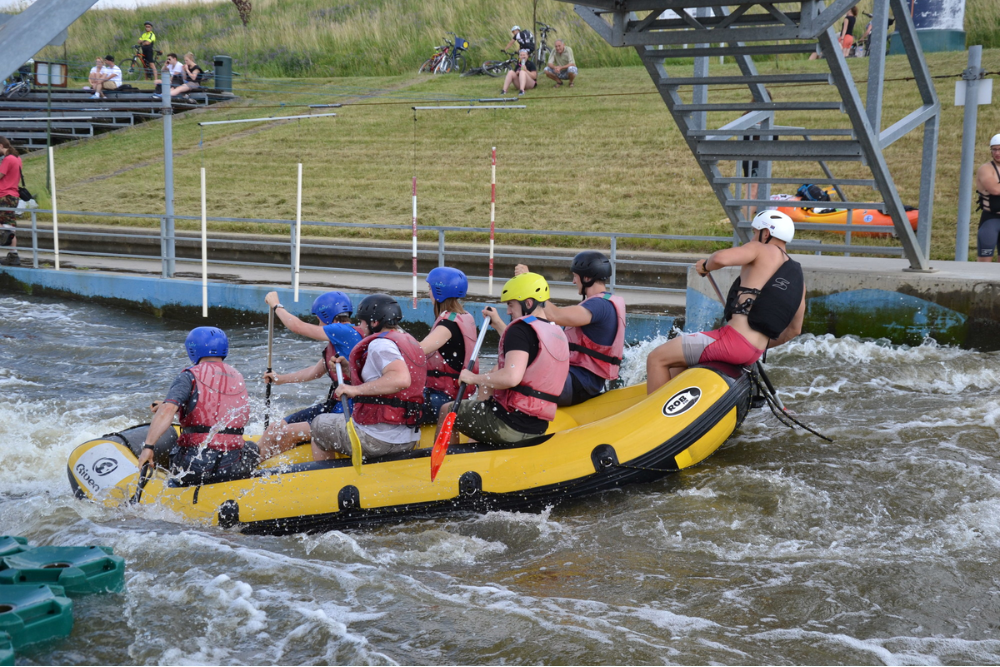
- Paddle through Warsaw’s heart while enjoying unique perspectives of the skyline.
Hot Air Balloon Rides
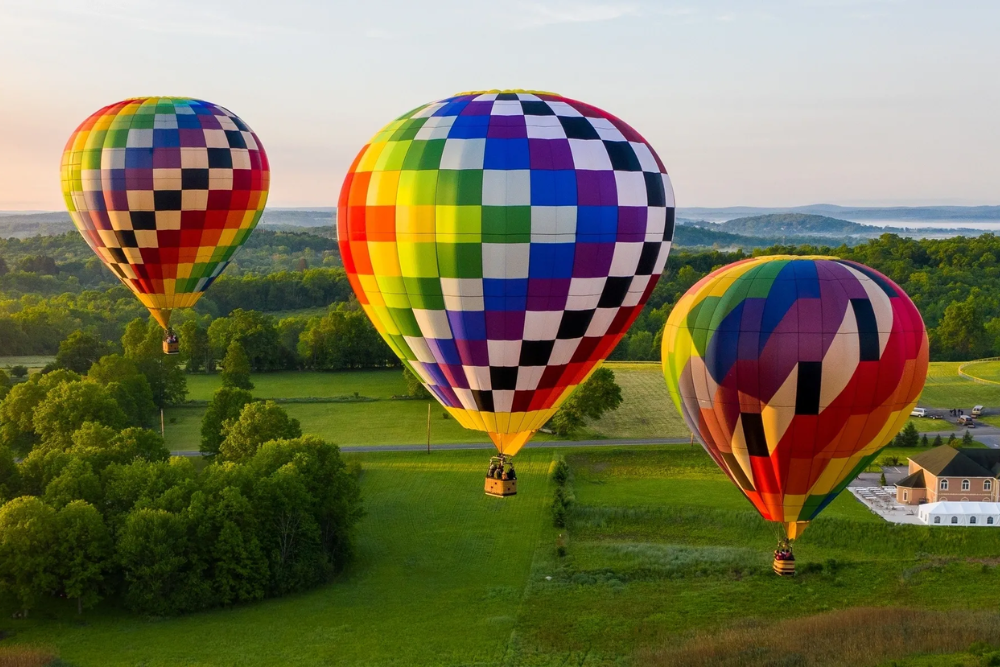
- Experience breathtaking aerial views of Warsaw and its surrounding areas.
Segway Tours

- Glide through Warsaw’s streets and parks on a guided Segway tour.
Escape Rooms
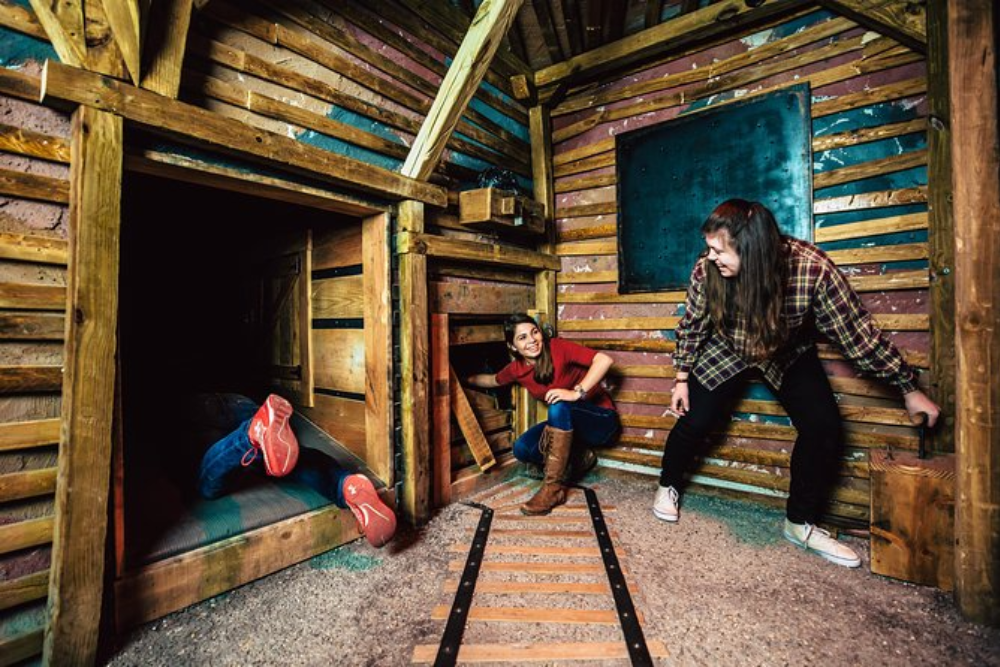
- Challenge yourself at one of Warsaw’s many themed escape rooms, ideal for adventure seekers.
Nightlife Adventures
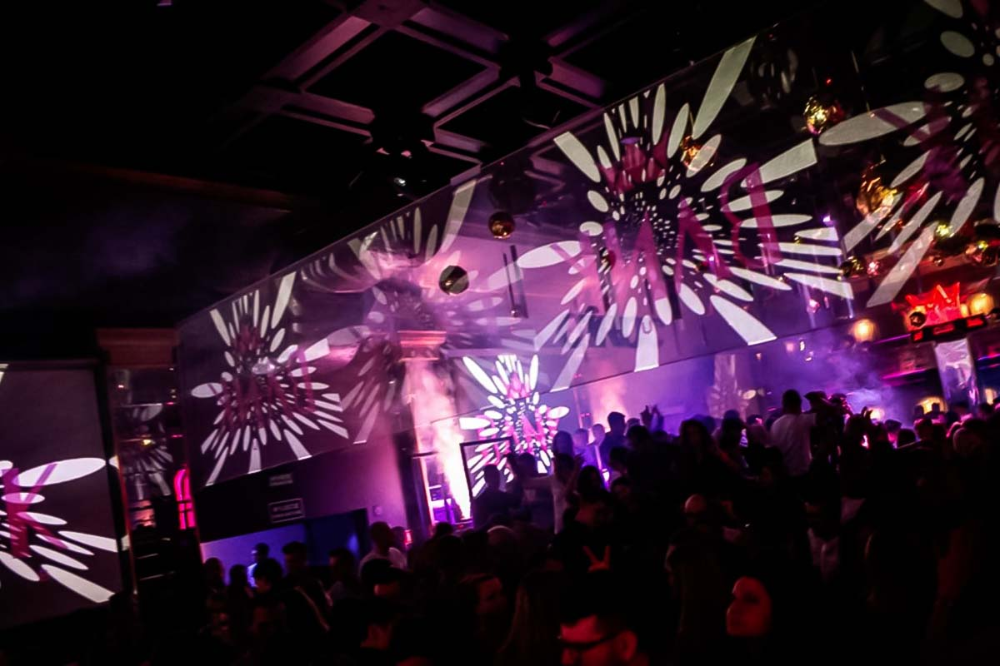
- Explore Warsaw’s vibrant nightlife, from rooftop bars to underground clubs.
Old Town (Stare Miasto)
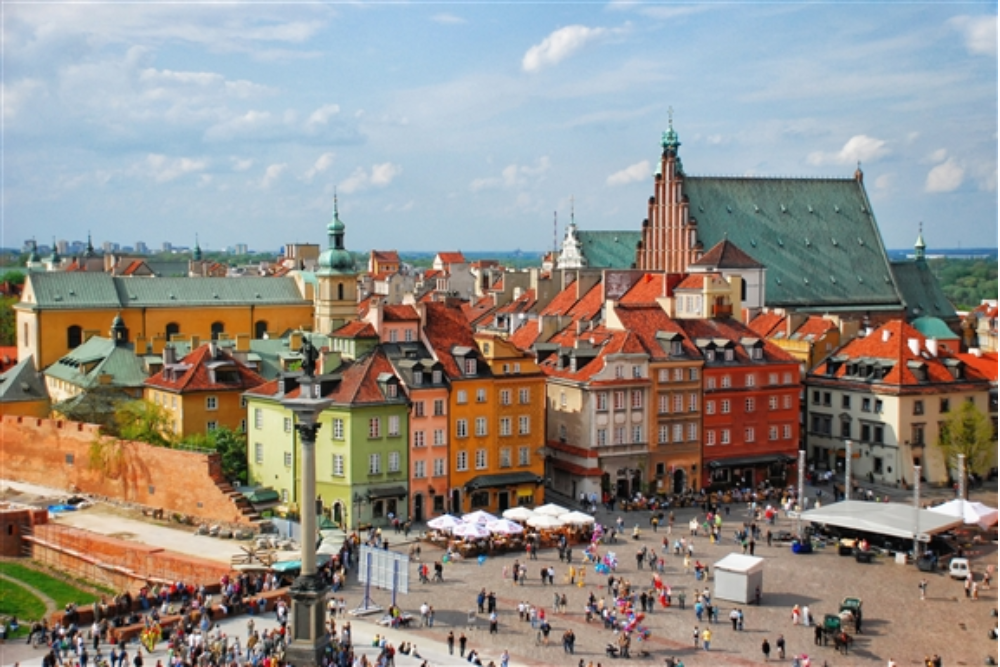
- A UNESCO World Heritage site reconstructed after WWII, featuring colorful facades, cobblestone streets, and the iconic Royal Castle.
Palace of Culture and Science (Pałac Kultury i Nauki)
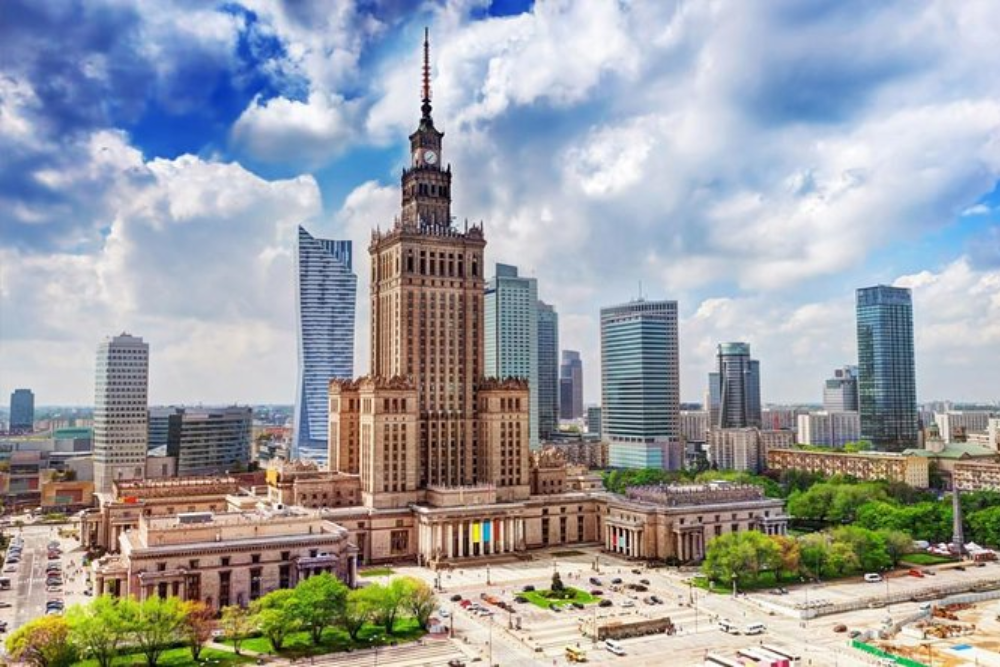
- Poland’s tallest building and a symbol of Warsaw’s resilience.
- Take the elevator to the 30th floor for pan
Wilanw Palace
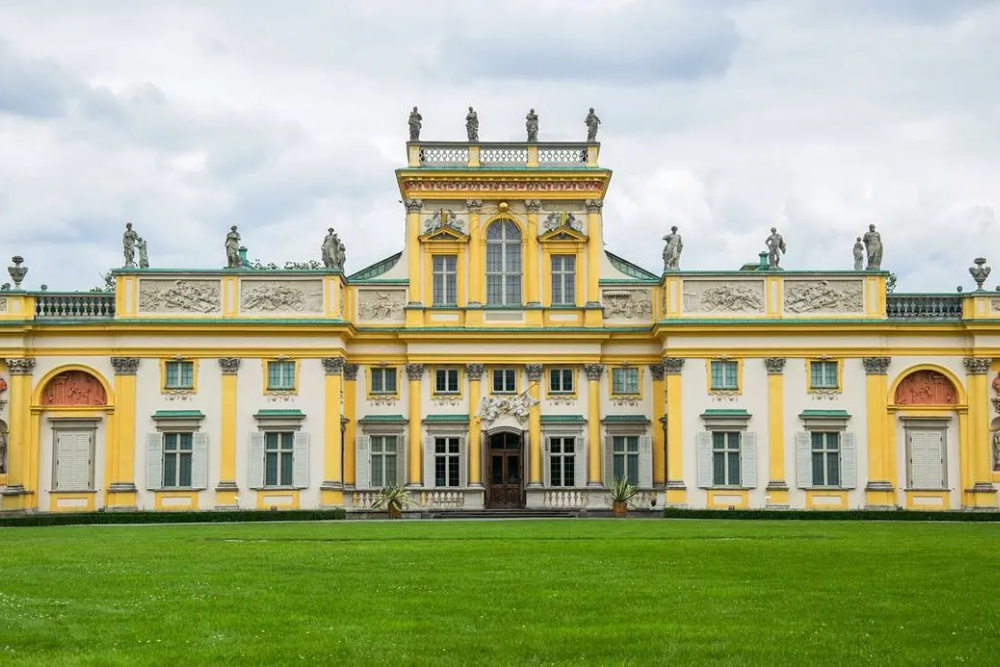
- Known as the “Polish Versailles,” this baroque palace is surrounded by beautiful gardens and offers a glimpse into Poland’s royal past.
Dos and Don’ts in Warsaw
Dos
- Explore the Old Town: Stroll through the UNESCO-listed Old Town, visit the Market Square, and explore the Royal Castle for a deep dive into Warsaw’s history.
- Respect Historical Sites: Be mindful when visiting memorials and museums like the Warsaw Uprising Museum and the Monument to the Ghetto Heroes. These are significant sites of remembrance.
- Use Public Transport: Warsaw’s public transport system, including buses, trams, and the metro, is efficient and affordable. Buy tickets and validate them before boarding.
Don’ts
- Don’t Disrespect Historical Sites: Avoid loud behavior or taking selfies in somber places like memorials and cemeteries.
- Don’t Jaywalk: Always cross the streets at designated crossings. Polish traffic rules are strictly enforced.
- Don’t Skip Tipping: Tipping is customary in restaurants and cafes, usually 10-15% of the bill.
Best time to reach in Warsaw
The best time to visit Warsaw depends on your interests and the experiences you’re looking for, as the city offers something unique in every season:
- Spring (April to June):
- Warsaw comes alive with blooming parks like Royal Łazienki and vibrant street life. The weather is mild and pleasant, making it ideal for outdoor activities and sightseeing.
- Summer (June to August):
- The city is bustling with energy during the warmest months. Outdoor cafes, concerts, and events along the Vistula River are highlights. Perfect for exploring Warsaw’s landmarks and nightlife.
- Autumn (September to November):
- The city takes on a picturesque charm as the leaves turn golden. The weather is cool but comfortable, ideal for exploring museums and walking tours.
- Winter (December to February):
- A magical time to visit if you enjoy festive atmospheres. The Christmas markets, decorations in Old Town, and ice skating rinks create a fairytale vibe.












